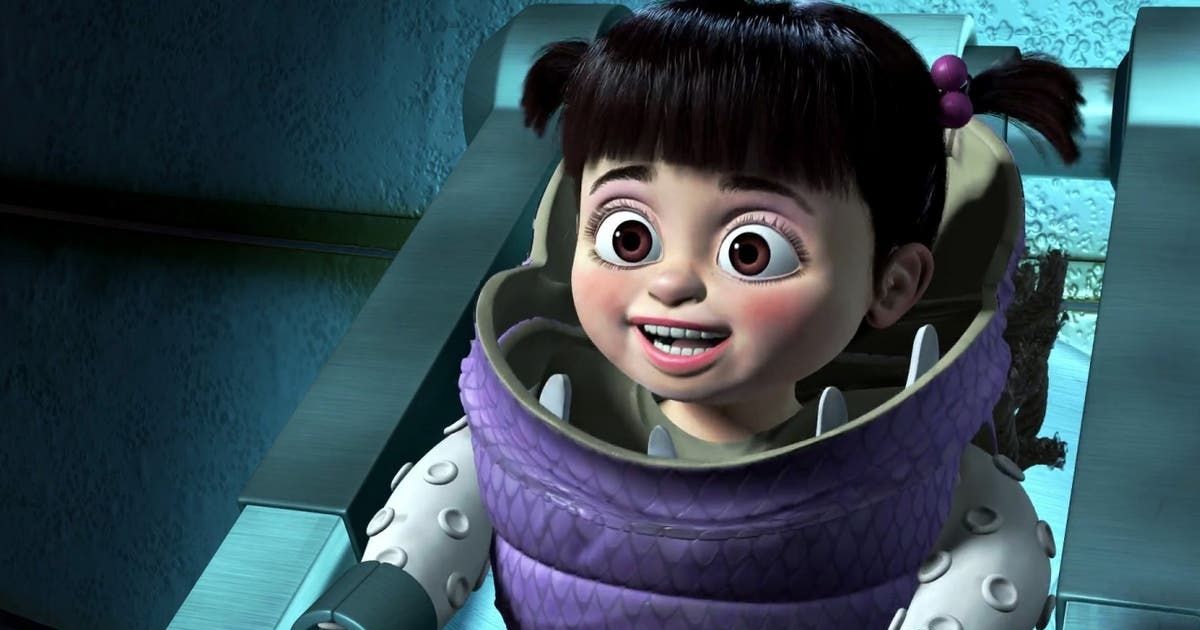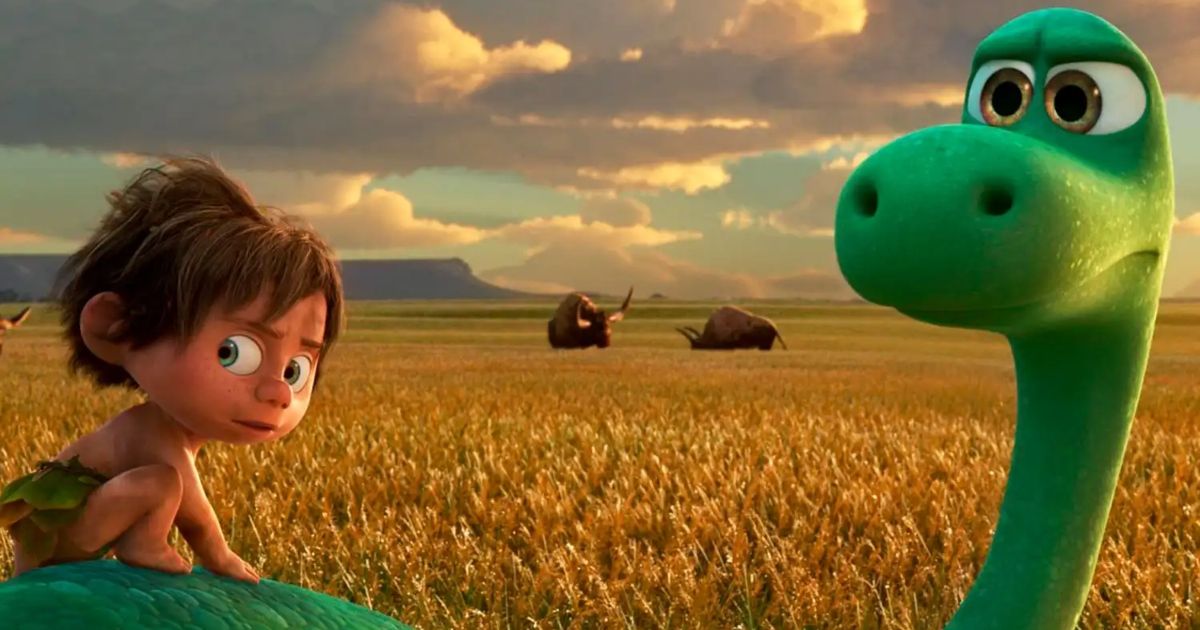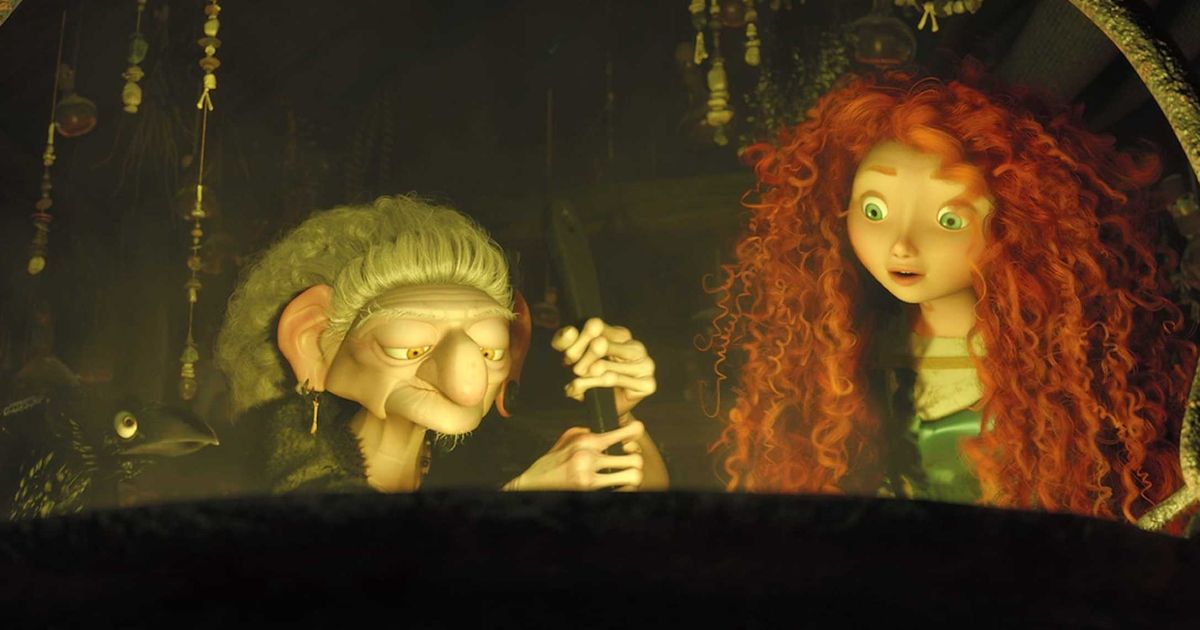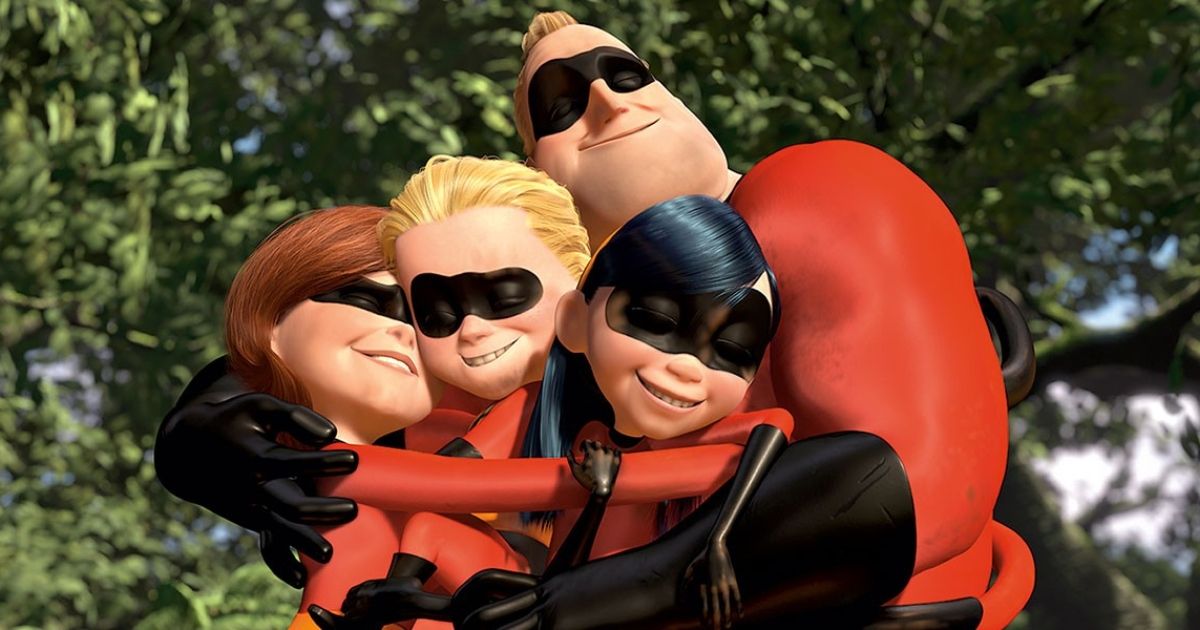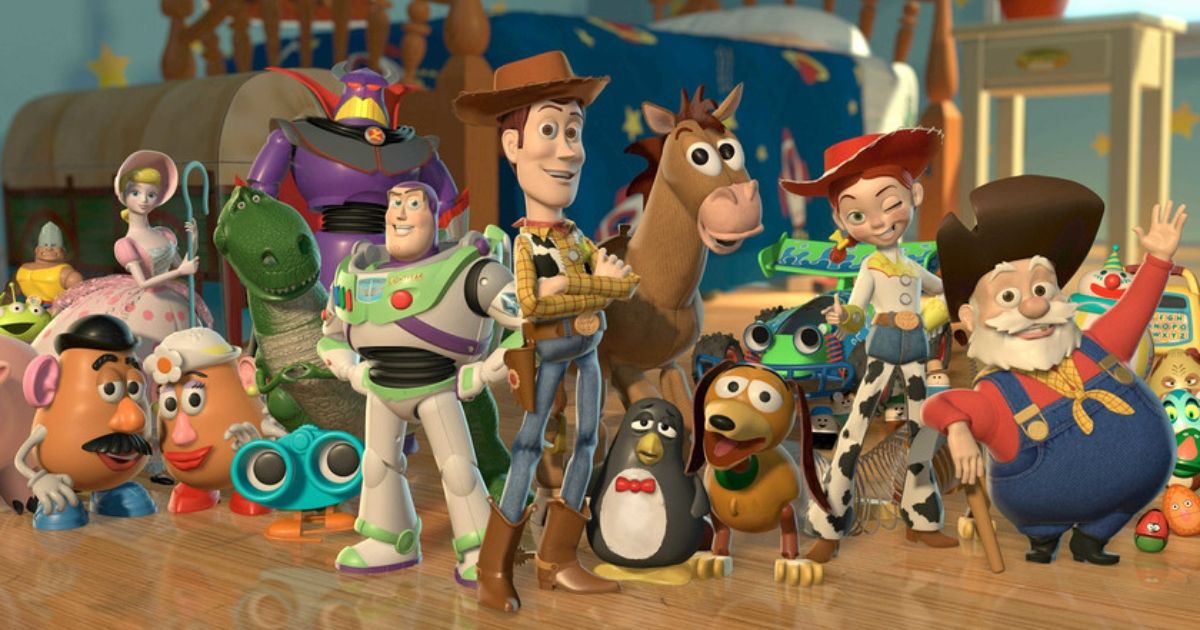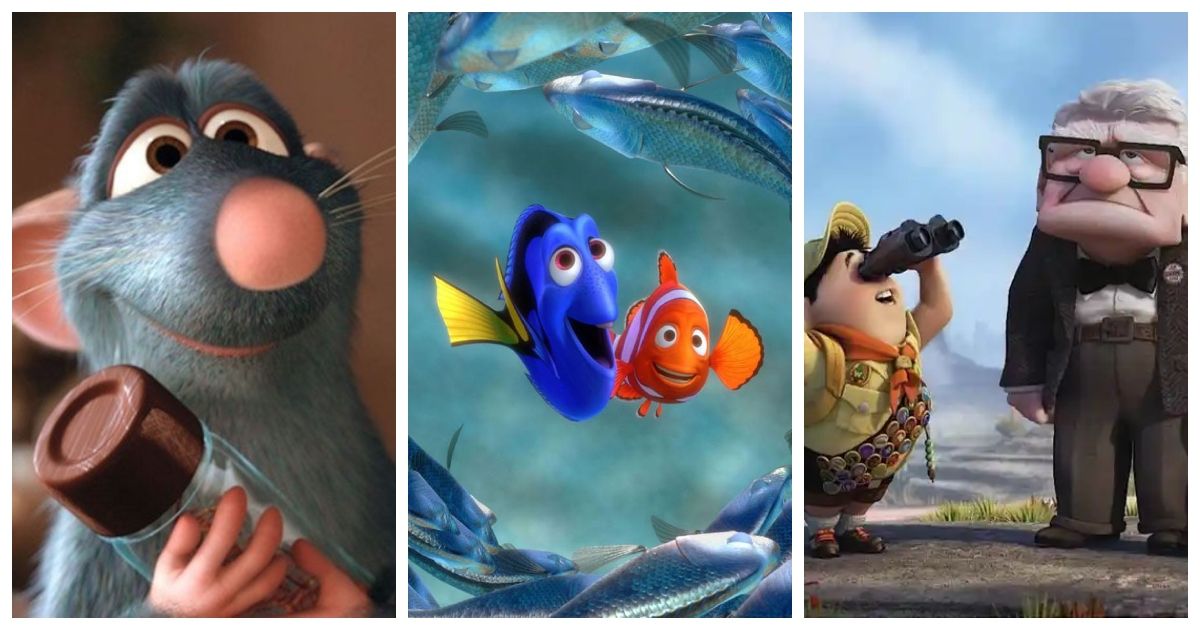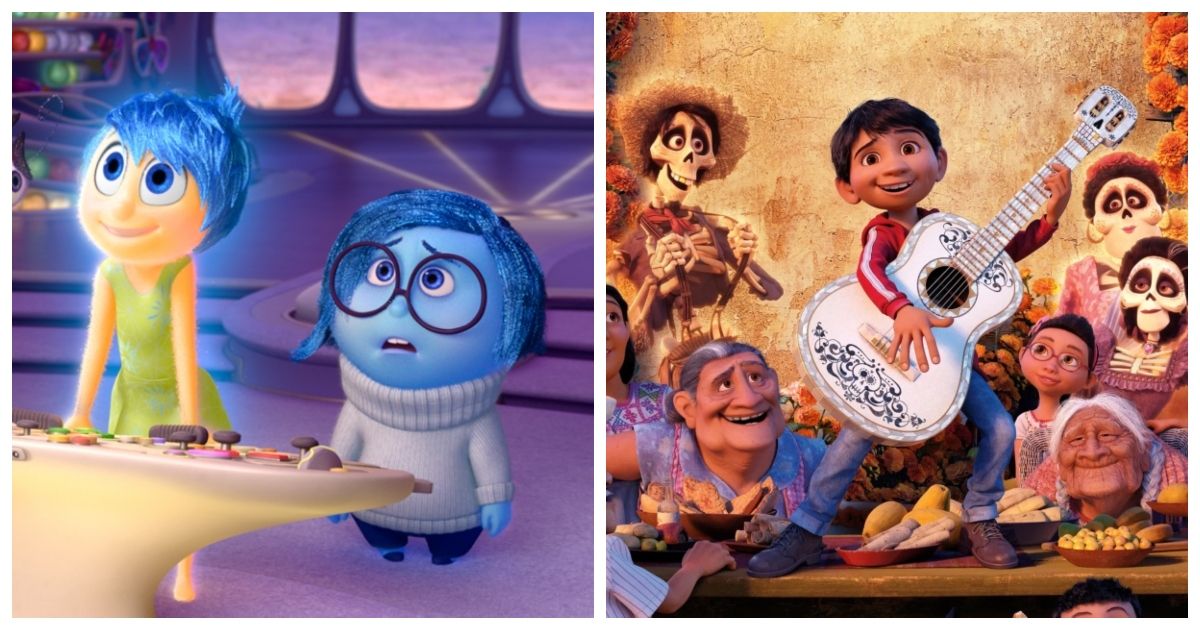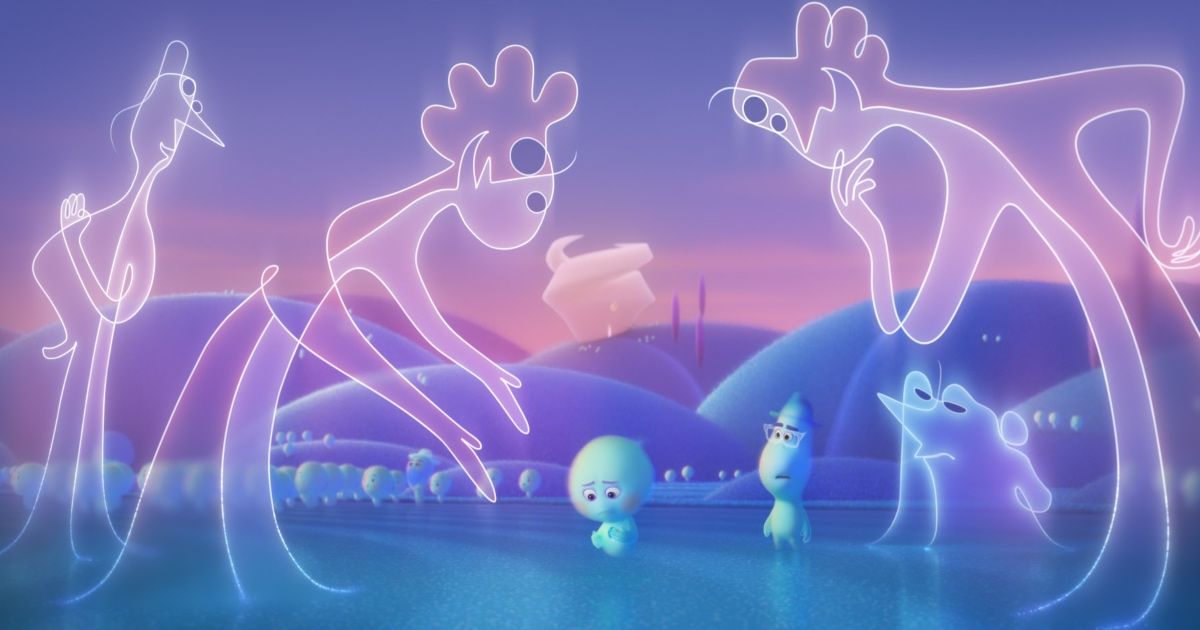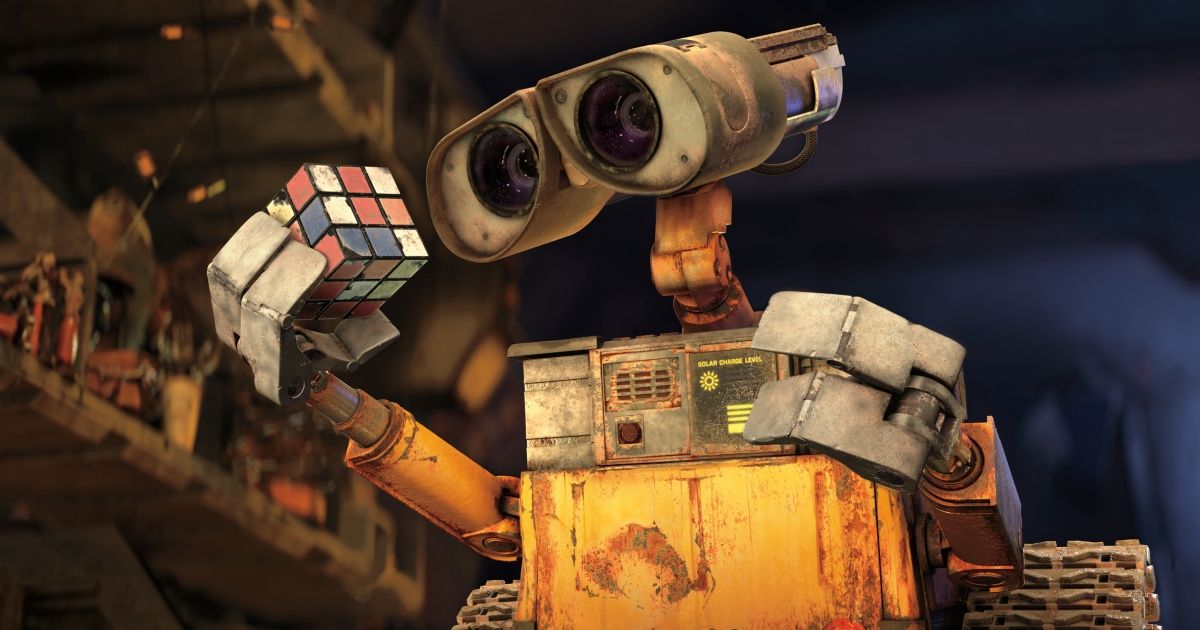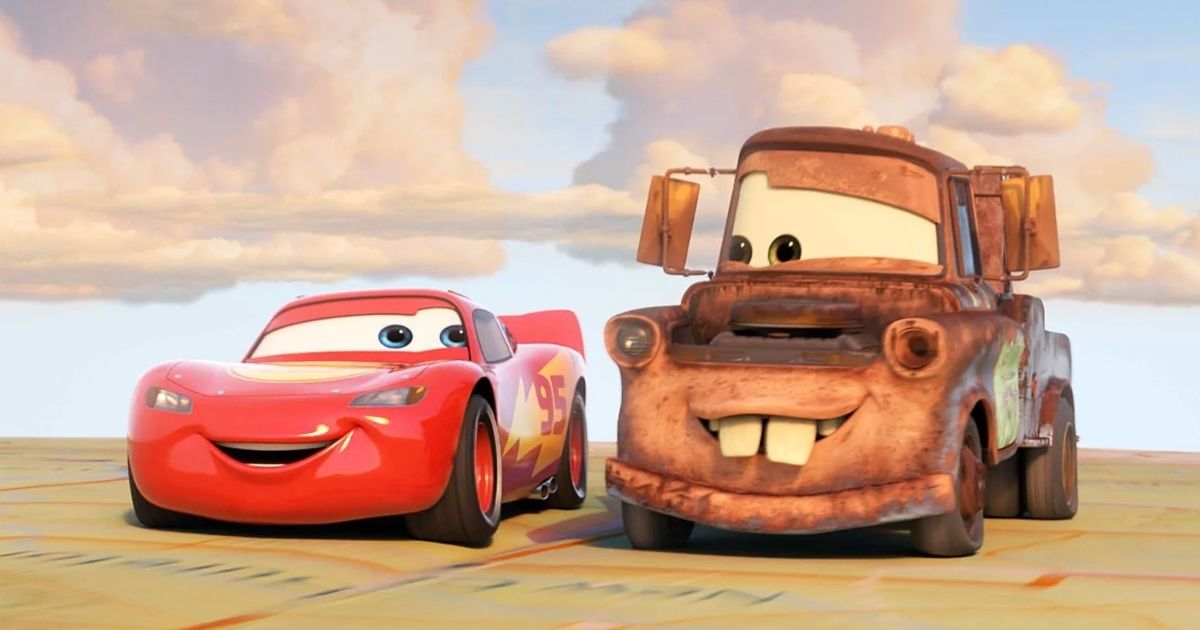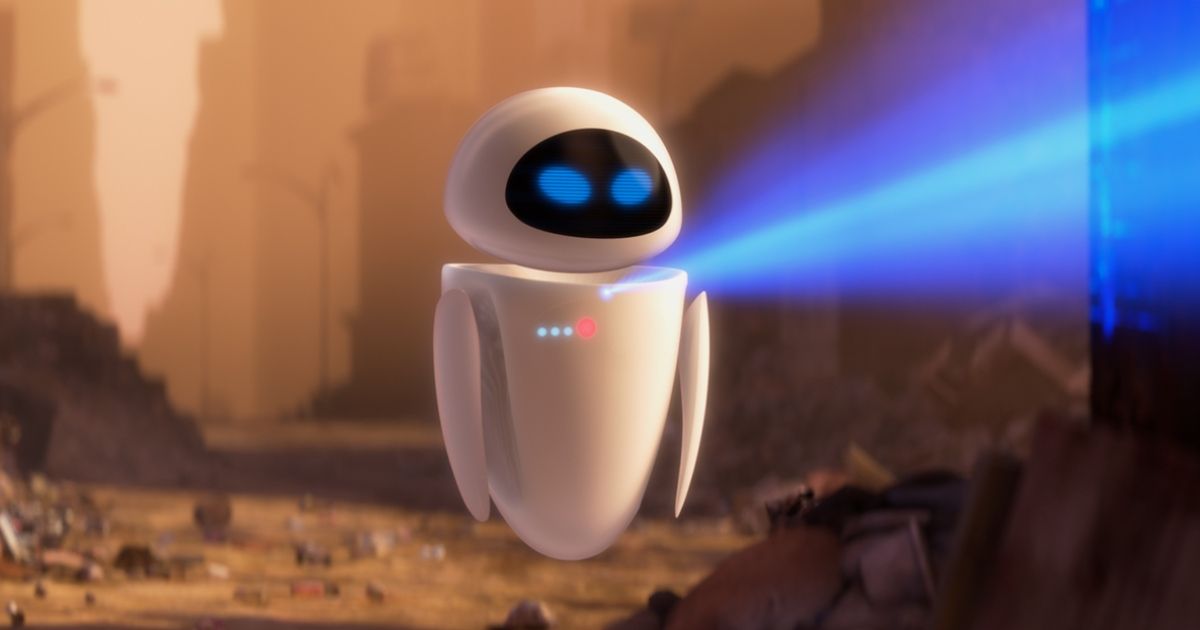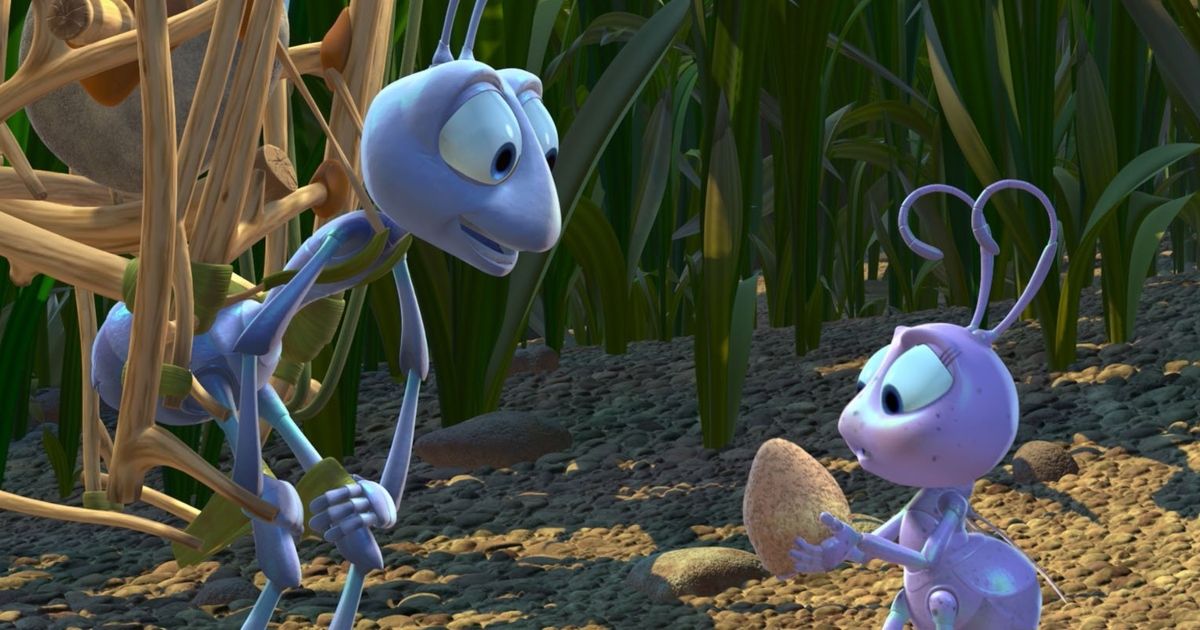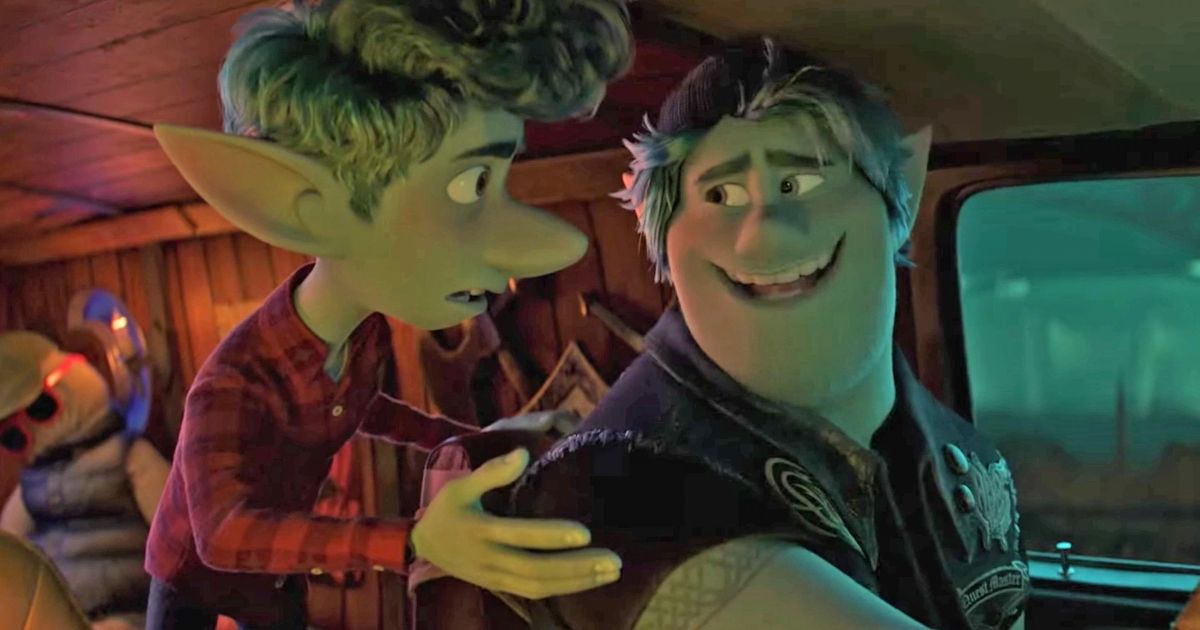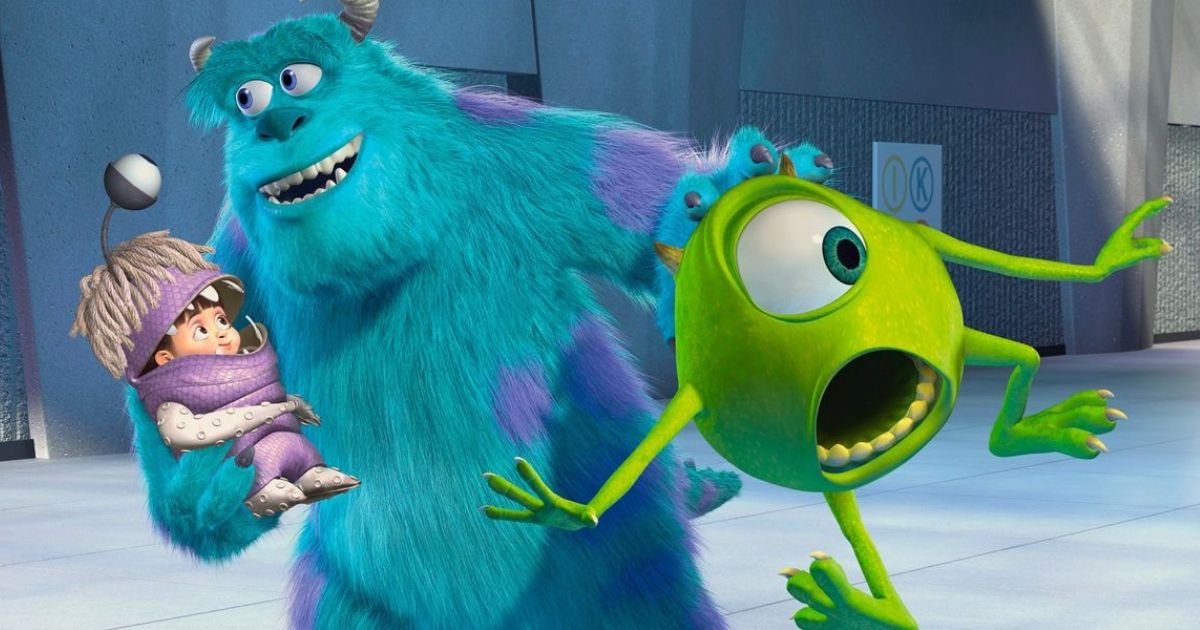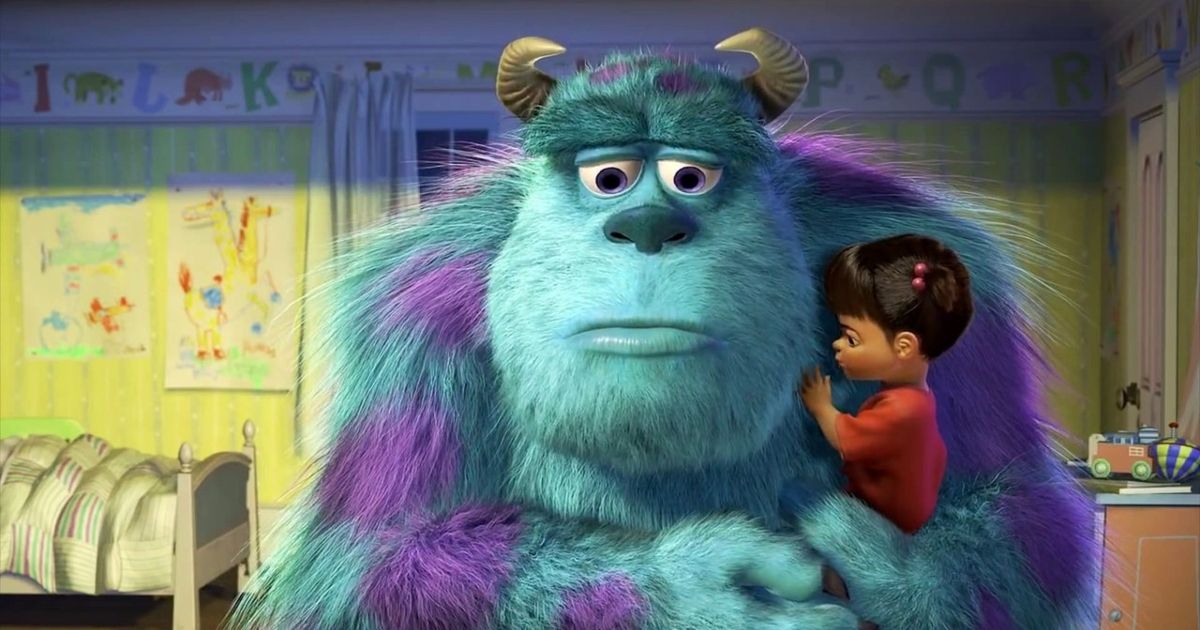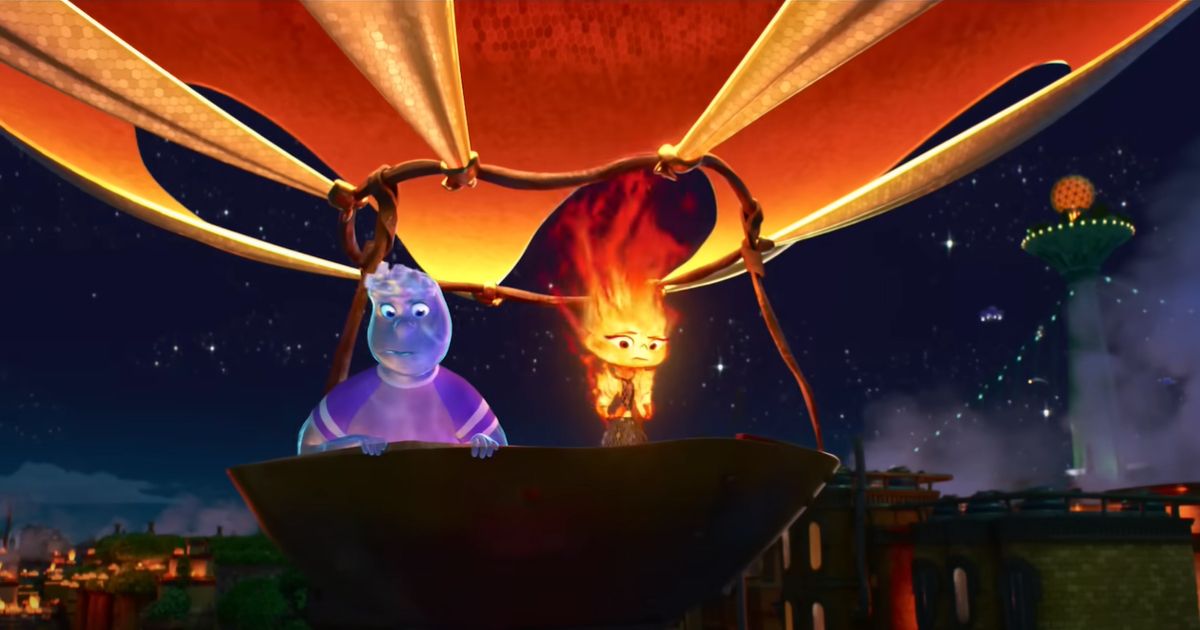There are countless reasons why Pixar grew into such a giant in the film industry. Without even mentioning their advanced technology and all that they contributed to the world of animation, what makes them so powerful is their ability to convey a huge range of emotions through their films, reaching the heart of the audience. Pixar can deeply impact anyone, whether we are talking about a young child or an older person. Over the years, they have delivered some of the most acclaimed films of all time, such as Toy Story, Monsters Inc., and Finding Nemo, among many others.
Updated April 20, 2023: This article has been updated for your convenience and enjoyment.
Pixar's movies arouse so much fanaticism worldwide that it is very common for fan theories to pop up on social media after each movie's premiere, discussing one film and connecting it with other productions from the studio. Some theories are admittedly wild, while others actually make a lot of sense.
However, the most famous theory regarding the company's films has been created by renowned film writer and editor Jon Negroni in 2013. It is called The Pixar Theory, and it is based on the idea that all Pixar productions coexist in the same universe and are related to one another, with a recurring theme about human emotions generating life. Even though this theory has never been officially confirmed by the company, it explains many issues related to its productions.
The Pixar Theory is constantly evolving, as every year, new films are added to Pixar's catalog. It will only be a matter of time to see how these new movies fit into Negroni's timeline. Here is a look at "The Grand Unifying Theory of Pixar Movies," as Negroni himself defines it, according to the updated timeline on his website.
The Good Dinosaur
The Good Dinosaur is the movie that started Pixar's universe 65 million years ago, according to The Pixar Theory, when an asteroid missed the Earth, saving dinosaurs from extinction. That prompted species to evolve much further than expected, becoming highly intelligent. Therefore, it can be inferred that animals can be just as intelligent as humans if the latter were not interfering in their evolution, something that is extremely important in the following stages of the theory.
Brave
While The Good Dinosaur kicks off the Pixar universe, Brave is the film that really gives meaning to this theory. Set in the 10th Century, the movie that follows Merida provides the most important element for Negroni's analysis: The will-of-the-wisps and, with them, magic.
Its bearer is the witch, the key character in this theory. Using magic, the witch can turn animals and inanimate objects into sentient beings that behave human-like, transform people into animals, and create portals using wooden doors. Negroni claims that all the animals the witch has experimented with eventually breed with one another, spawning a huge population of intelligent animals that in the future will rival the human race.
The Incredibles
Besides animal evolution, the Pixar Theory states that there is yet another important and crucial development for this universe: the evolution of artificial intelligence, which will eventually lead to a battle for power between humans and machines.
This can be seen in The Incredibles, set between 1950 and 1960, a period in which humans are the dominant species and superheroes keep order in the world. All this changes when Syndrome uses AI to create an omnidroid to get rid of supers. Eventually, this robot no longer responds to Syndrome and starts attacking humans, which would signal a potential uprising of the machines against the human race through a faceless corporation commonly known as Buy n Large (BnL).
Another side effect of the omnidroid's creation is that, from that point on, inanimate objects started soaking up residual electromagnetic energy from the air becoming animate.
Toy Story
Since in The Incredibles, humans turned out to be more powerful than the omnidroid, Artificial Intelligence started using human energy to feed itself and evolve. That can be seen in Toy Story, which is set approximately in the year 1995. By that time, the consequences of electromagnetic energy in the air become obvious: toys have their own consciousness and, unbeknownst to them, are using their owners' affection as energy to survive.
The theory suggests that the BnL corporation is responsible for developing all the toys in the movie and its sequels, aiming to harness human energy. At the same time, in the Toy Story film series, there are some references to the resentment that certain toys have towards humans because of their wrongdoings.
Ratatouille, Finding Nemo & Up
All these films explore the other strand of evolution proposed by The Pixar Theory: animal intelligence can be compared to human intelligence and, in some cases, even surpasses it. In Finding Nemo, set approximately in 2003, the underwater world, for instance, has the same organization as a human society, and the animals that have been exposed to humans are more skilled. Such is the case of Dory, who was born in captivity and can read and speak other languages.
By 2007, in Ratatouille, this is further evidenced by Remy, who loves the human culture and becomes the best chef in France, far better than any human. That confirms the theory that human energy is the most powerful thing in the world. That same year, Up depicts that humans are already aware of animal intelligence, and try to harness it for their own benefit. This can be seen, for instance, in the special collars that allow dogs to talk. Thus, the evolution of artificial intelligence and that of animals become unified.
Moreover, these films also show the consequences of BnL's developments: an industrial expansion that will eventually lead to environmental damage. At the same time, animals also start to resent humans for their deeds.
Inside Out & Coco
Inside Out and Coco contribute to this theory with some significant insights. The former reveals that the source of humans' energy lies in their emotions, and these dominate all of their actions. Furthermore, people's energy differs depending on their sense of imagination. Coco, on the other hand, focuses on the importance of memory for survival and what happens to energy after death: people who die can continue to live in the Land of the Dead as long as their loved ones remember them.
This is quite similar to what happens to Bing Bong in Inside Out, who lives on Riley's memory until he is forgotten.
Soul
Soul has not formerly been integrated into Negroni's theory yet, but in videos on his YouTube channel, Jon In Theory, he muses over the possibility that Soul and Coco explore two sides of the same afterlife. The forces who control the afterlife in Soul say that they are presenting the afterlife in a way that can be comprehended by the souls passing through. This opens up the possibility that different cultures may have a different "look" or dimension for their afterlife.
Like in Coco, souls who are not ready to go to the Great Beyond and have unfinished business continue to exist in an area where they may be able to interact with the living. However, if a soul feels they are ready to move on, perhaps because there is no one left alive who remembers them, then they move on peacefully.
Prologue: WALL-E
WALL-E fits into The Pixar Theory split in two parts. The opening of the film, which spans from 2057 to 2110, presents an alarming scenario that has been warned about in the other films: BnL now dominates the world entirely, and has destroyed the planet. The Earth is no longer suitable for living, so in 2105 BnL evacuates all humans in order to restore the planet to a habitable state with the help of WALL-E robots who incinerate trash.
Unfortunately, this plan backfires and ends up generating more pollution.
Cars
From 2110 to 2804, with no humans left on the planet, machines are responsible for inhabiting the world, as we see in Cars. However, even though there are no humans, their influence still remains, and it is the relationship of the cars with their former owners that allows them to remain sentient and fill their place.
At this time, cars start searching for their life purpose, while still carrying on human traditions in their absence. But this doesn't last forever: in Cars 2, an energy crisis is exposed, and with no connection to humans, machines can no longer survive.
WALL-E
Following the events that took place in Cars comes a key character for The Pixar Theory: WALL-E. This robot is the only one of his kind that survived, thanks to the energy generated by his connection with humanity from the objects he collected. By 2805, WALL-E allies with an EVE unit and makes the Earth habitable again, offering humans a new beginning. This film also features two elements that will be significant for the next stage of the timeline: the planet's one remaining living plant and a cockroach.
A Bug's Life
By 2898, humans have been repopulating the planet for almost a century, so there is already enough energy to keep the world spinning. The plant seen at the end of WALL-E becomes the tree where the insects of A Bug's Life live, who use some items left behind by humans to build their own cities. The insects' genes mutated over time and due to pollution, therefore they are much more advanced than the rest of the animals.
In fact, they are the closest in behavior to humans, and have been able to evolve without making a connection with them. In this era, insects are the dominant species on the planet, and there are too few humans for them to care about. There is a significant population of animals, but they are going to be protagonists in the next era.
Onward
For quite a few years, the Pixar Theory was vague about how A Bug's Life eventually connects with Monsters, Inc. However, Onward finally filled in some of the gaps — sort of.
In an update from Negroni, he explains that there are two main ways that it fits into the theory. The first is that the humans who returned to Earth eventually evolved into the elves seen in the movie, and they are able to use their emotions as magic. However, they eventually lose this power and start to die off, leaving the other creatures in the world to evolve into monsters. The other theory is that the humans evolved into elves, and then eventually into monsters.
Monsters University & Monsters, Inc.
By 3100, and due to the effects of BnL's environmental pollution, a new species is born: monsters. These creatures, which seem to be mutated animals or humans, are even more civilized than the insects in A Bug's Life. By this time, monsters have evolved further than humans, who eventually became extinct. However, they still serve as the planet's energy source, so as we can see in Monsters Inc., this eventually results in an energy crisis.
Monsters need human energy to keep their world running, but they find a way to fix this problem with time travel, using doors that allow them to go back in time to a past where humans are still around. However, to keep the secret from getting out, they successfully convince society that they are actually traveling to another world, one that is extremely toxic. The need to scare is why the creatures from Onward, who tend to look sweet and whimsical, evolved to have more intense features. Those who could elicit a strong emotional reaction from humans are the ones who survived.
Epilogue: Monsters, Inc.
By the end of Monsters Inc. in 5201, humans, animals, and machines had found a way to coexist in harmony. But one thing was left hanging: Boo, who had been exposed by Sulley to the monster world. As a result, the little girl became obsessed with reuniting with her friend, not knowing that he was living in the future. Eventually, she discovers the significance of doors to travel in time, and over the years she turns into the witch from Brave.
Boo relies on doors to travel back into the past, where she discovers the origin of magic: the will-o-wisps. Thus, using the doors and the energy she discovered in wood, she teleports herself to different eras in an attempt to find Sulley, which is why she constantly disappears when Merida is looking for her. In fact, there is a carving of Sulley's figure in the workshop, and several elements that do not belong to that era. Also, as she traveled around different eras, she accidentally left behind some items from the other films.
Her fondness for Sulley is the foundation stone of the entire Pixar universe. Boo's story is not complete, because she has not yet managed to reunite with Sulley. But to find out if she really pulls it off, we have to wait for new Pixar films to be released so that Negroni can further expand on this theory.
All Fun and Games
While it may be fun to think up ways that all Pixar films exist within the same world, it is admittedly just for entertainment. There are far more theories out there than just the one proposed by Negroni, which speaks to how many fans enjoy spinning webs to connect their favorite movies. It is a giant collaboration from fans all over the world. While the task gets gradually more difficult with each new movie release, that challenge may be the very reason why Pixar theories are so fun to make up.

